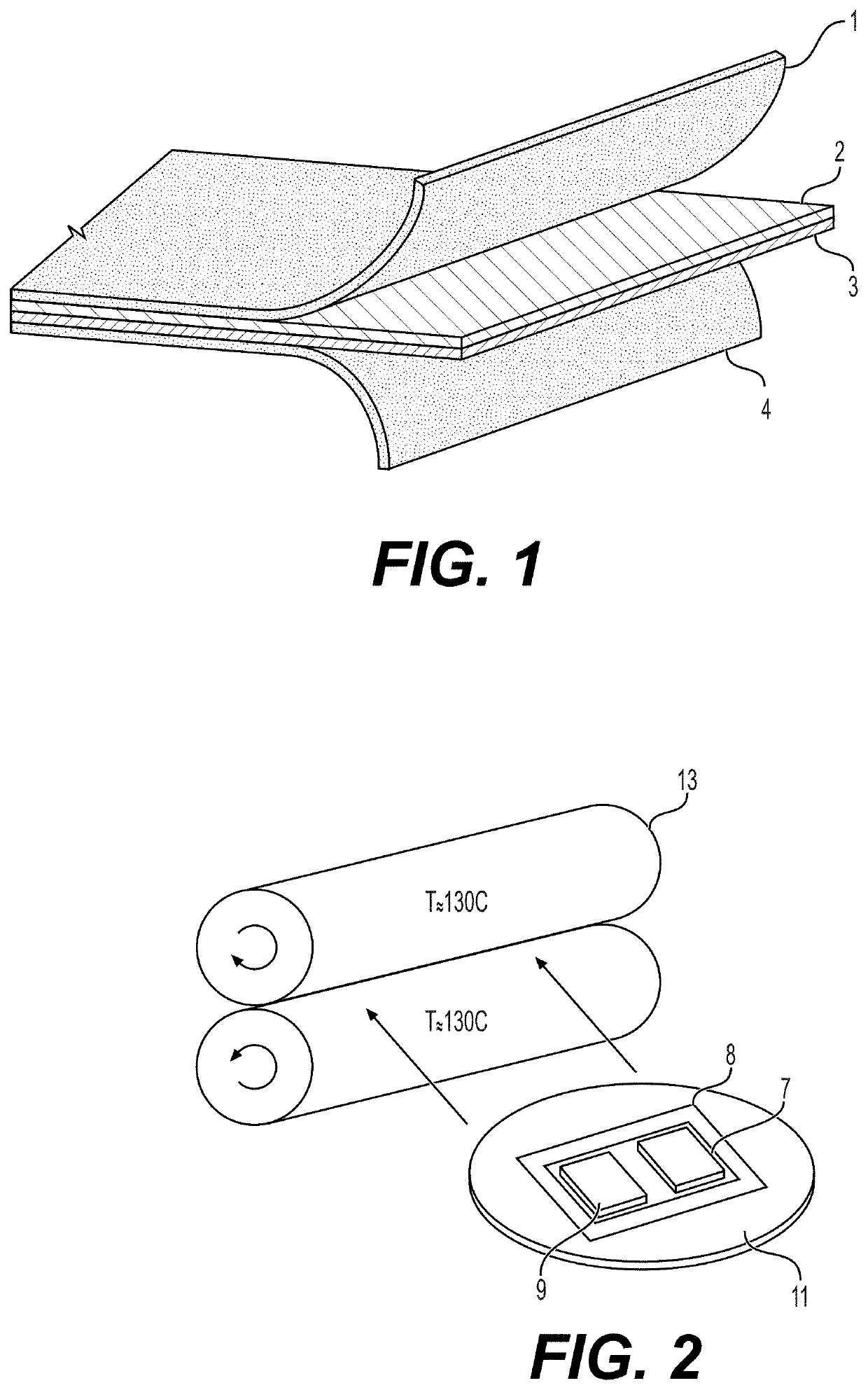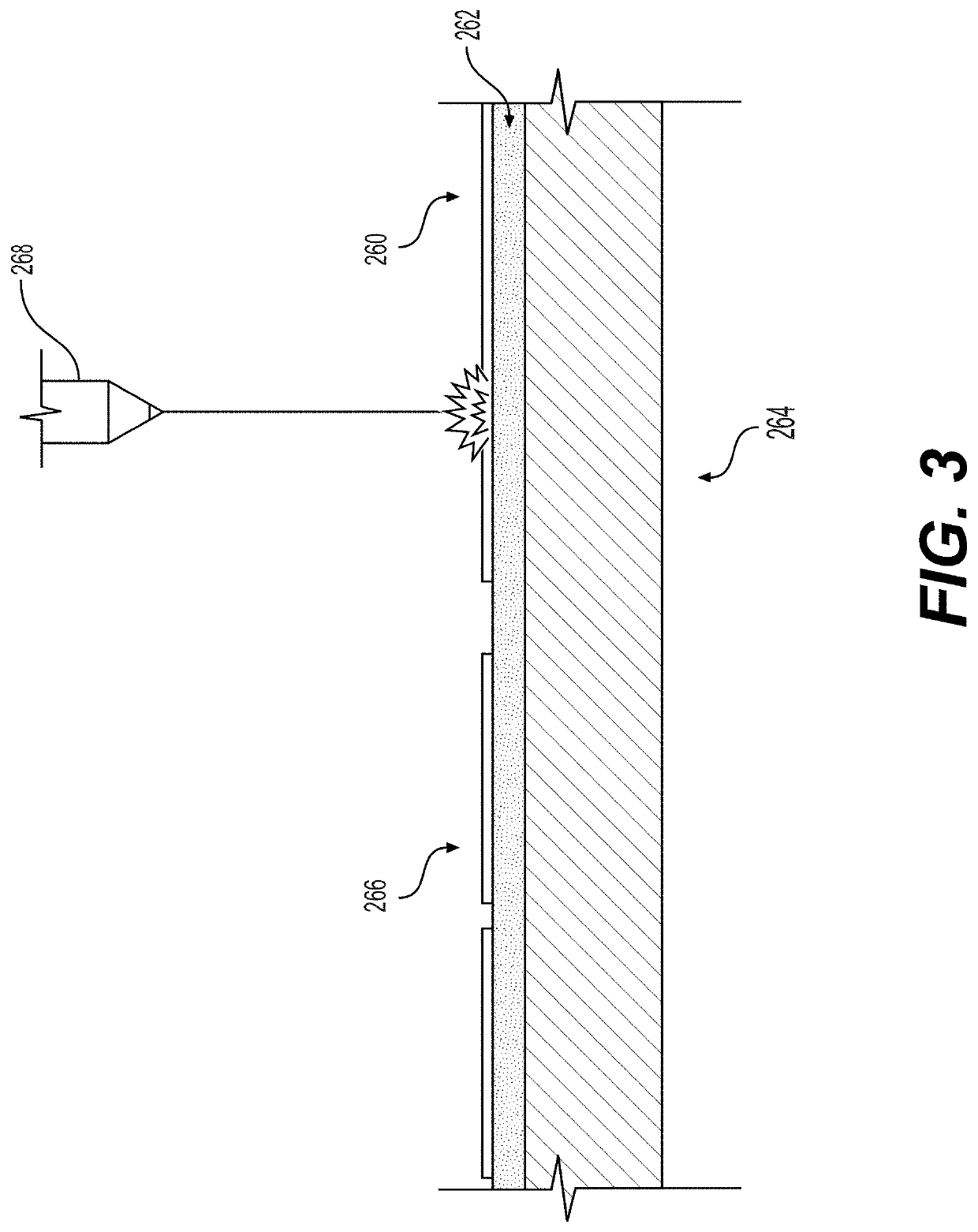Microfluidic cell culture devices
- Summary
- Abstract
- Description
- Claims
- Application Information
AI Technical Summary
Benefits of technology
Problems solved by technology
Method used
Image
Examples
Embodiment Construction
I. Definitions
[0069]The term “microfluidic” refers to a system that involves the control and manipulation of small fluid volumes in channels with dimensions on the order of a few micrometers up to a few millimeters and total system volumes on the scale of nanoliters to a few milliliters. As used herein, the term “channel” refers to a closed volume where fluid passage occurs. A channel may vary in cross sectional area and length. A channel may have square, circular or other cross-sectional shape.
[0070]The term “chip” refers to the component where microfluidic fluid manipulation occurs. A chip may be made of a wide variety of materials and can be different sizes. A “device” refers to a chip or microfluidic system that performs a function or series of functions. A device may consist of one or more chips.
[0071]As used herein, the term “hydrogel” refers to a substance formed when an organic polymer (natural or synthetic) is cross-linked via covalent, ionic, or hydrogen bonds to create a ...
PUM
| Property | Measurement | Unit |
|---|---|---|
| Fraction | aaaaa | aaaaa |
| Fraction | aaaaa | aaaaa |
| Displacement | aaaaa | aaaaa |
Abstract
Description
Claims
Application Information
 Login to view more
Login to view more - R&D Engineer
- R&D Manager
- IP Professional
- Industry Leading Data Capabilities
- Powerful AI technology
- Patent DNA Extraction
Browse by: Latest US Patents, China's latest patents, Technical Efficacy Thesaurus, Application Domain, Technology Topic.
© 2024 PatSnap. All rights reserved.Legal|Privacy policy|Modern Slavery Act Transparency Statement|Sitemap



